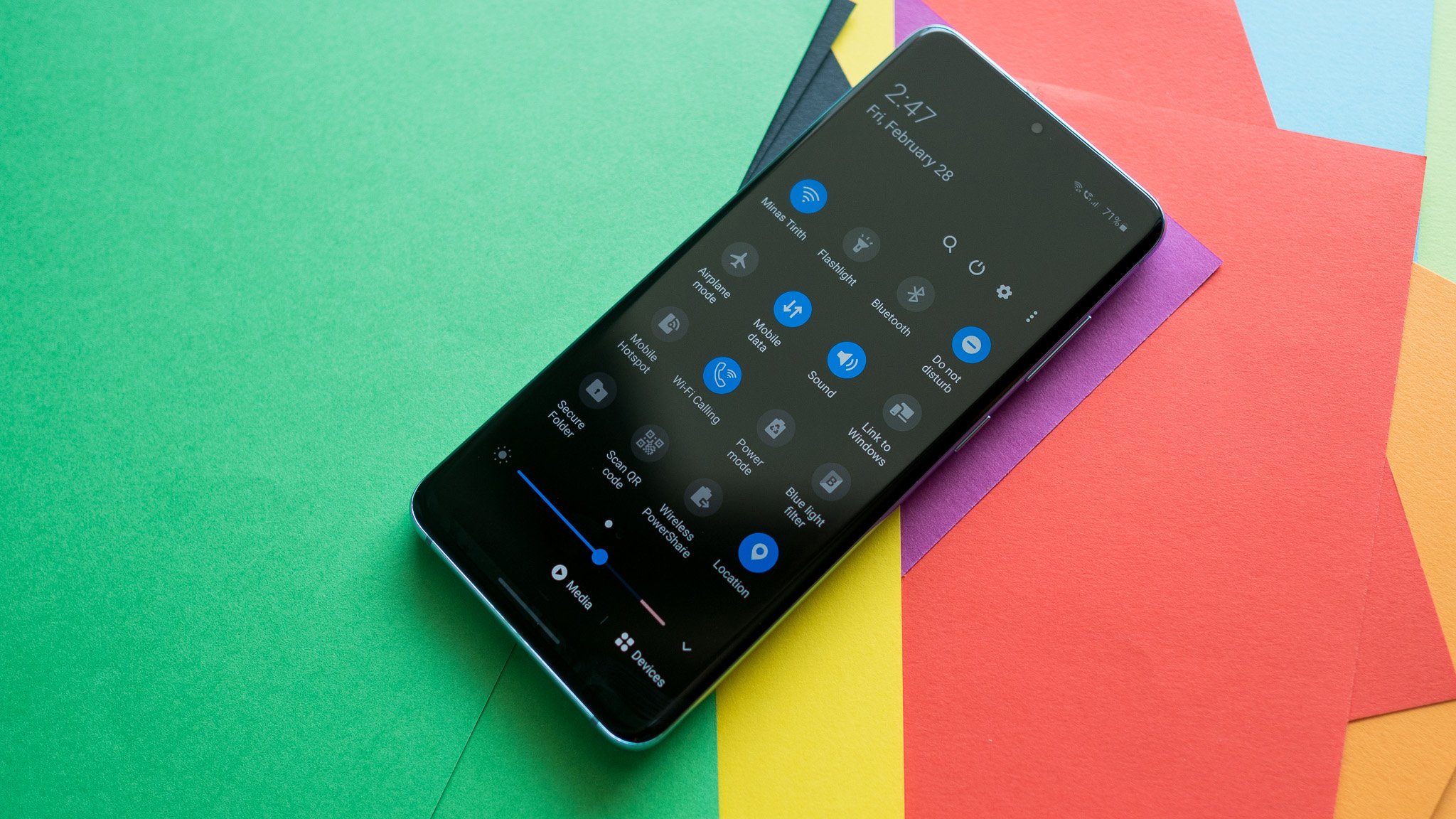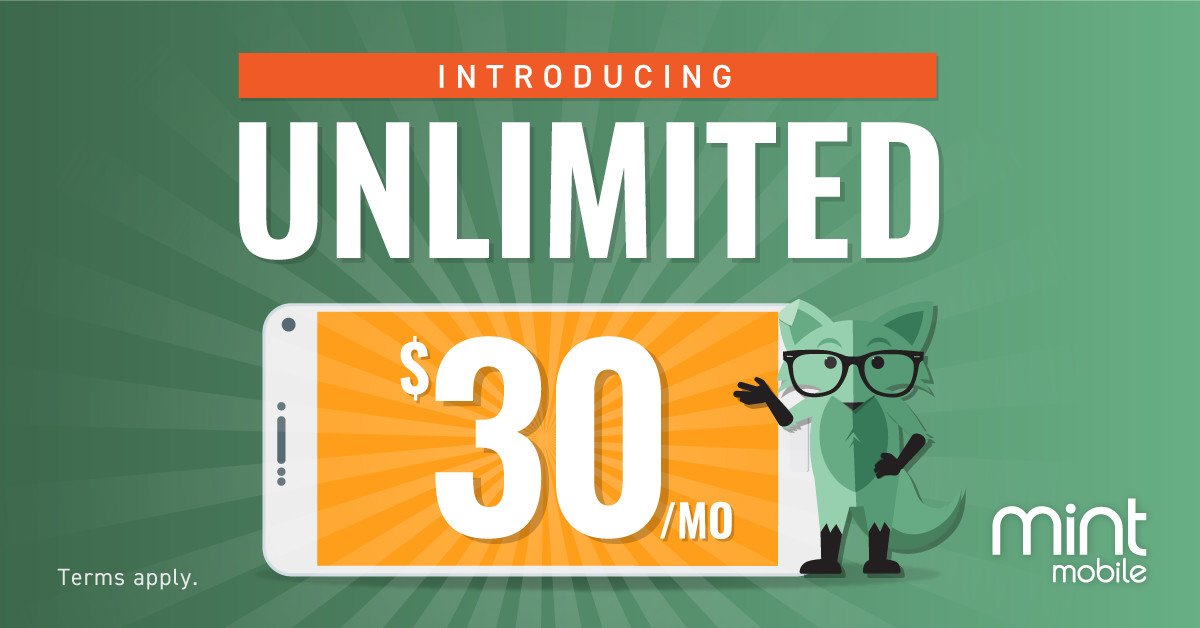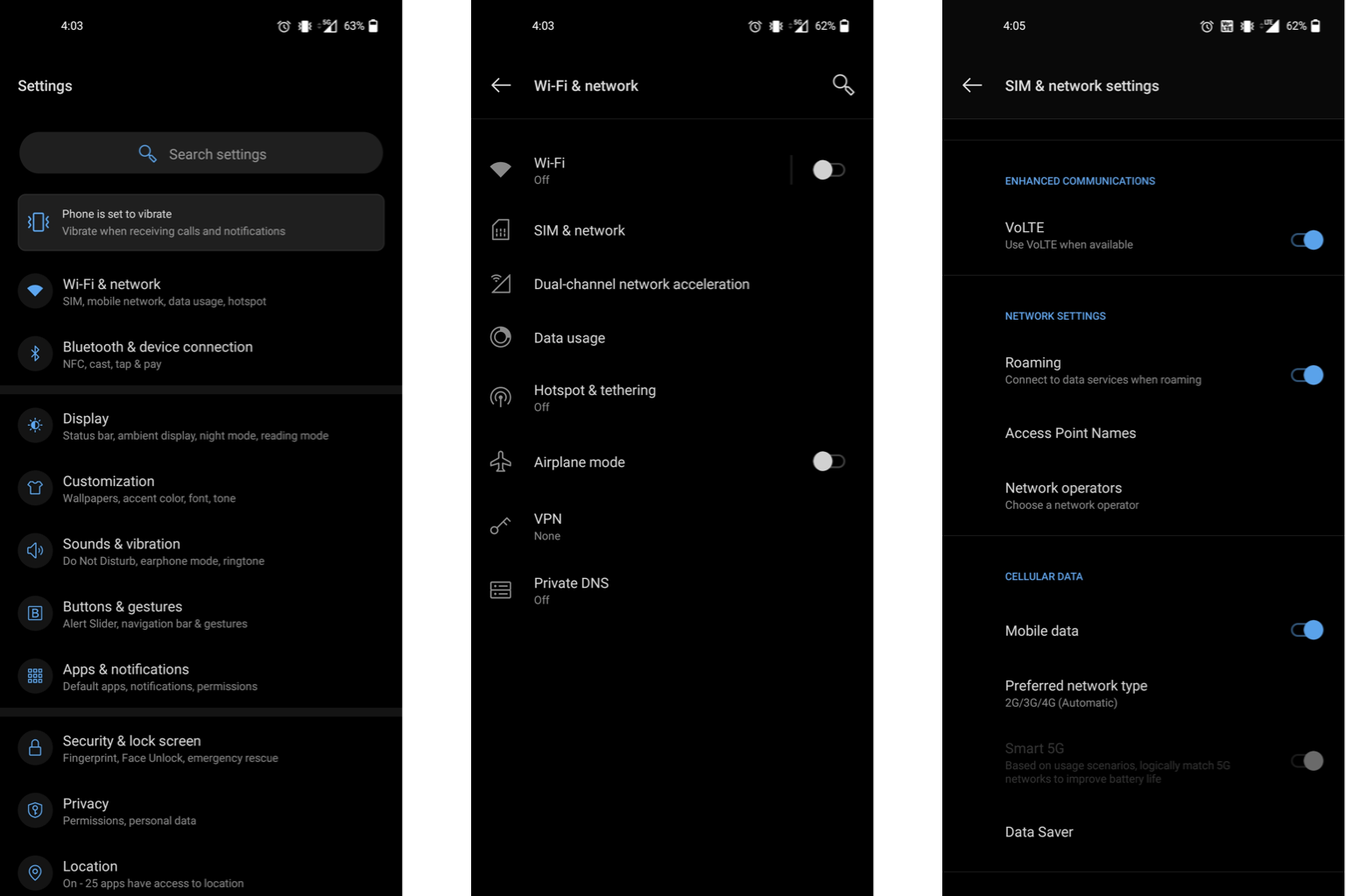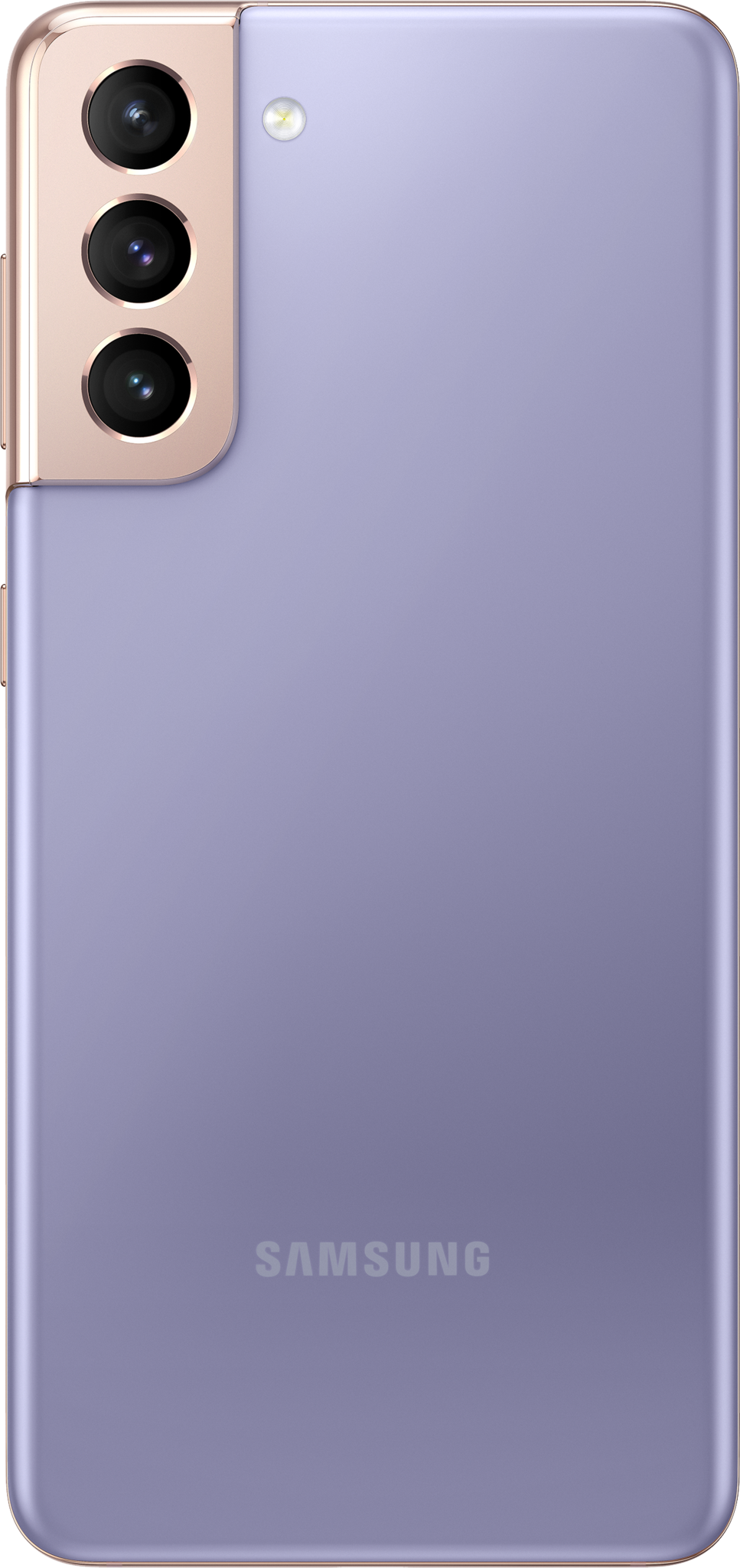What is VoLTE, and should I even care about it?
VoLTE, or Voice over LTE, is how our phones and carriers transmit our voices during a call, so there's good reason to know how to use it and why you should care. Most U.S. carriers have rolled out the red carpet for VoLTE on LTE, or what most of us call 4G. By now, VoLTE is most likely available in your area, and if you upgraded your phone in the last few years, you can probably use it. Once you have the right phone and carrier, setting VoLTE up on your phone is very easy and well worth it.
Let's take a deeper look.
What is VoLTE?
As the name suggests, Voice over LTE happens when your carrier allows you to place a phone call over your LTE connection instead of the older legacy voice networks. For example, Verizon Wireless traditionally used 1XRTT for all of your voice calls, relying on LTE for data. This used to be why Verizon phones couldn't simultaneously use voice and data. AT&T and T-Mobile relied on a combination of LTE for data and HSPA+ for calls and would drop down to a 3G signal when talking to someone on the other line. With VoLTE, neither of these scenarios is necessary anymore.
What both network types now have in common, thanks to VoLTE, is the ability to use more bandwidth to make phone calls with higher quality audio traveling both ways. When you are on a call with someone else who is using VoLTE, you immediately notice the difference in call quality on both ends. You'll also notice calls connect faster if you are calling someone near you, and while that's not a feature worth bragging about, it's a cool thing to test for yourself.
Which U.S. carriers support VoLTE?
All of the major US carriers including AT&T, T-Mobile, U.S. Cellular, and Verizon support VoLTE.
Most carriers refer to VoLTE as HD Voice for marketing reasons, as it points to its increased fidelity compared to a traditional cell call. At this point, most people making a call on a modern smartphone will be using HD Voice whether they know it or not. Most MVNOs and Prepaid carriers are also using HD Voice.
Wi-Fi calling tech is nearly identical to HD Voice from the user's perspective in that it uses a Wi-Fi data connection to complete the call instead of LTE data. On all carriers, you can expect an increase in quality as long as your connection is solid. Carriers want their customers to use HD Voice if possible because even with the increased quality, these calls will cost carriers less in the long run.
Some prepaid carriers such as Visible have even already moved to an all-digital network, with VoLTE being the only option for calls.
How can I use VoLTE?
Every major carrier supports VoLTE, and pretty much any new phone you buy today should support it. On an iPhone, the setting is a toggle in the main settings under Cellular, then Cellular Data Options. You might notice that when you change this selection, the network indicator on the phone resets.
On most newer Samsung phones, the option will be in the connections category in the phone's settings. On other phones such as the OnePlus 8, it's very similar to the option under Wi-Fi & network category.
A few things need to go right for VoLTE to take effect, including having a good enough LTE connection on a tower that supports VoLTE. You'll also need a device that supports VoLTE. This is something that will need to be confirmed on each device on each carrier, but most phones released in the last couple of years should be onboard.
The eventual goal for carriers is to move everyone over to calling on VoIP, which stands for Voice over Internet Protocol. Once this happens, features like VoLTE, VoNR (5G), and Wi-Fi Calling will fall into the same category and allow calling when connected to any secure internet source. This includes standalone 5G, and as more efficient 5G networks mature, carriers are going to want customers to stay on that tower as much as possible.
How to enable VoLTE on a Samsung Galaxy phone
How to enable VoLTE on a OnePlus phone
What else do I need to know about VoLTE?
Today, all carriers count HD Voice/VoLTE calls towards the minutes in one's monthly bucket and not data, even though VoLTE uses the same data network as video streaming or browsing the web. But for carriers like Verizon that support video calls under the VoLTE standard, the voice portion of a chat will use minutes, while the video portion will use data. Verizon says that "an average 1-minute video call uses about 6 - 8 MB of data," so beware of that before making that video call — or just use Wi-Fi.
It's also worth noting that all major carriers offer Wi-Fi calling, which routes regular voice calls through a Wi-Fi network in areas of poor cellular coverage or just to improve call quality and reliability. Wi-Fi calling has more hoops to jump through than VoLTE does on U.S. carriers — especially on AT&T — but it can be a very useful tool if you live near or in a dead zone.
While the VoLTE revolution has been slow and steady, it's good to see most U.S. and Canadian carriers take the benefits of the new technology more seriously and ensure the experience is as seamless as possible for users like you.
Do I need to upgrade my phone to keep making calls?
Most people, even those still using older phones without VoLTE support, will upgrade voluntarily before any network requires them to do so. If you have an older phone without VoLTE support and are just looking for stronger and more consistent performance, especially while traveling, upgrading to one of the best Android phones with support for VoLTE is a good move.
Earlier in 2020, some AT&T customers were told that they needed to upgrade their phones in order to continue using the service. The issue is that eventually, AT&T plans to discontinue its older network in order to completely transition to 4G LTE and 5G. The confusing part is that if you didn't buy your phone directly from AT&T, you might have gotten the notice even if your phone technically supports VoLTE. As noted by Android Police, one of the only ways to check is to see which network your phone is connected to during a voice call. You could also try contacting customer support to be sure your phone is on the supported list.
AT&T isn't the first carrier to drop support for older phones, and it certainly won't be the last. The fact of the matter is that maintaining equipment for all of its legacy networks for only a few customers that insist on using dated phones is a huge waste. Even so, AT&T isn't shuttering its 3G network until February 2022, so there's no need to panic. Shutting off phones suddenly would be a massive PR mistake for any carrier, especially for business accounts, so carriers plan things like this for years.
Unlocked Galaxy
Samsung Galaxy S21
Support for every network
The Samsung Galaxy S21 is one of the most powerful phones you can get, with great support and 5G on every model. You also get access to one of the best cameras around.
Source: androidcentral



